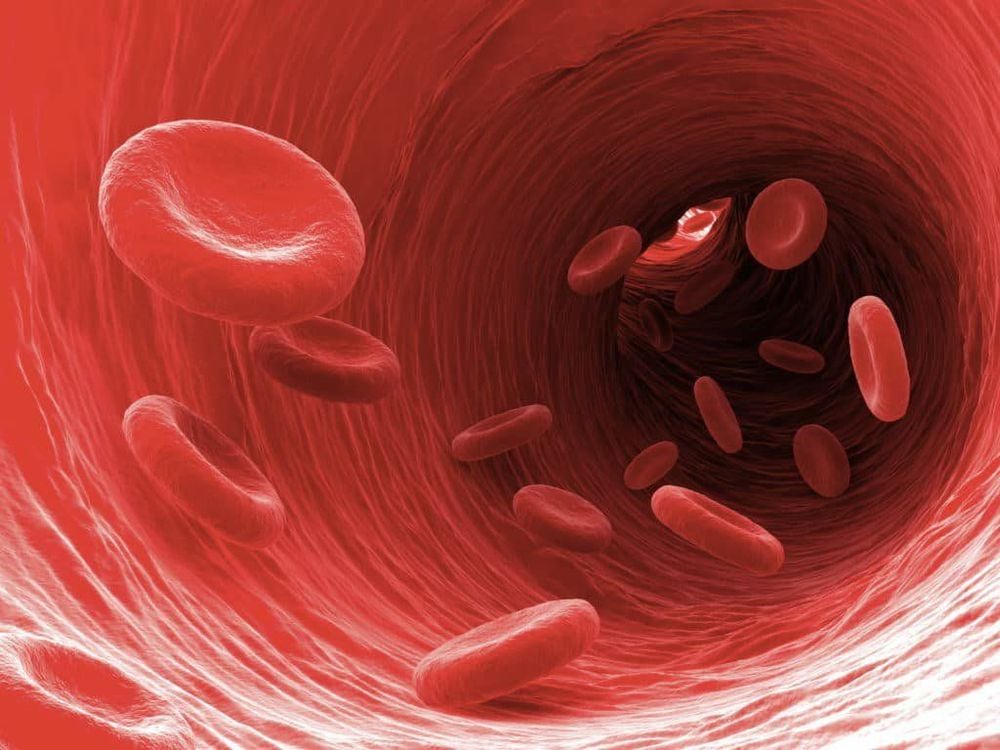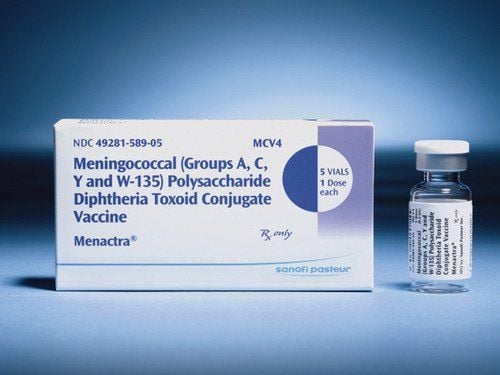This is an automatically translated article.
Klebsiella Pneumoniae infection is one of the dangerous infections, which should be treated quickly, otherwise it will cause certain effects on the patient's health.1. Characteristics of the bacteria klebsiella pneumoniae
Klebsiella Pneumoniae is a member of the klebsiella group of bacteria. Most of the bacteria in this group can cause many health problems for humans such as:
K. Ozenae: Causes hemorrhoids in the nose, which is quite rare. K. rhinoscleromatis: Causes scleroderma. The klebsiella pneumoniae strain is a short, gram-negative bacillus that has many forms, sometimes cocci, sometimes elongated. This bacterium is usually enveloped, non-spore forming, and non-motile. The most common type of bacteria klebsiella pneumoniae, also known as Friedlander pneumococci, is capable of causing various types of respiratory superinfection. It is also an opportunistic pathogen, always waiting to attack when the immune system begins to weaken.

Vi khuẩn klebsiella pneumoniae là loại vi khuẩn nguy hiểm, có nguy cơ gây ra bệnh trĩ
2. What is klebsiella pneumoniae infection?
Normally, klebsiella pneumoniae bacteria exist in the intestines of humans, but in this environment, they will not cause significant harm. When the body has certain problems, they will quickly attack other parts. This is the dangerous stage of this strain of bacteria.
Klebsiella pneumoniae infection is often associated with many different diseases such as pneumonia, wound infections, blood infections, urinary tract infections or even meningitis. Usually, people who are in good health are less likely to get this bacteria.
However, if the subject is a person with immune problems, weak health, serious wounds..., the risk of disease will be much higher. In addition, some of the following factors can increase the likelihood of klebsiella pneumoniae infection:
Continuous antibiotic treatment for a long time Using respiratory support machines or intravenous catheters...
3. What dangers does Klebsiella Pneumoniae infection cause?
Pneumonia Usually accompanied by symptoms such as fever, cough, shortness of breath, chest pain... and has a relatively high incidence. About 12% of pneumonia cases worldwide come from this infection.
Urinary tract infections If klebsiella pneumoniae bacteria get into the urinary tract, they will cause infections in this area, including the bladder, urethra, ureters and kidneys. This condition can also result from long-term use of a urinary catheter.
Urinary tract infections caused by K. Pneumoniae often occur in elderly women. Some of the symptoms you may experience are:
Burning pain when urinating Bloody, cloudy, and strong-smelling urine Only passing small amounts of urine Pain and discomfort in the lower abdomen, back or pelvis For With a urinary tract infection in the kidney, the patient may also experience fever, nausea and vomiting, chills, especially pain in the upper back and side. Skin infections The klebsiella bacteria can also attack wounds in the skin, causing a skin infection or infection of the body's soft tissues. This usually happens with an accidental, traumatic, or surgical wound.
When experiencing this infection, the body will have some symptoms such as: Fever, red and painful swelling at the wound, fatigue, flu-like symptoms. This type of infection includes 3 main forms of inflammation:
Cellulitis Myositis Necrotizing... Meningitis In rare cases, the bacteria klebsiella pneumoniae can also attack the brain to cause a syndrome. meningitis or inflammation of the membranes covering the brain, spinal cord inflammation... Usually, this happens when bacteria get into the fluid in the area around the brain/spinal cord.
Most cases of meningitis are caused by pneumonia caused by K.pneumoniae. At the onset, it can cause symptoms such as high fever, stiff neck, headache... In addition, some people will have other manifestations such as nausea and vomiting, sensitivity to light, ..
Blood infection When the bacteria klebsiella pneumoniae enters the bloodstream directly, it will cause bacteremia with very high danger. Approximately 50% of sepsis caused by K. pneumoniae is preceded by Klebsiella lung infection.
Symptoms of blood infection caused by K.pneumoniae will have sudden manifestations such as high fever, shivering, chills... In this case, the treatment needs to take place as soon as possible. If not treated carefully, they can be life-threatening.

Nhiễm trùng máu là một trong những bệnh nguy hiểm do vi khuẩn klebsiella pneumoniae gây ra
4. How is Klebsiella pneumoniae treated?
As with many other infections, klebsiella pneumoniae infection can be treated with antibiotics. However, this method is not 100% effective because some of them can be very resistant to antibiotics.
Besides, in order to prevent the current situation of "drug resistance" and antibiotic resistance in many patients, patients need to be conscious of using drugs as directed by doctors. In addition, it is necessary to try to take measures to improve health and prevent diseases.
The klebsiella pneumoniae strain is very dangerous and can cause diseases in many ways. Therefore, each person needs to actively prevent and treat the disease to reduce anxiety about bacterial infection in society.
To register for examination and treatment at Vinmec International General Hospital, you can contact Vinmec Health System nationwide, or register online HERE.
MORE:
Diagnosing septic shock Sepsis: Danger, silent symptoms What is Whitmore's disease and how does it manifest?













